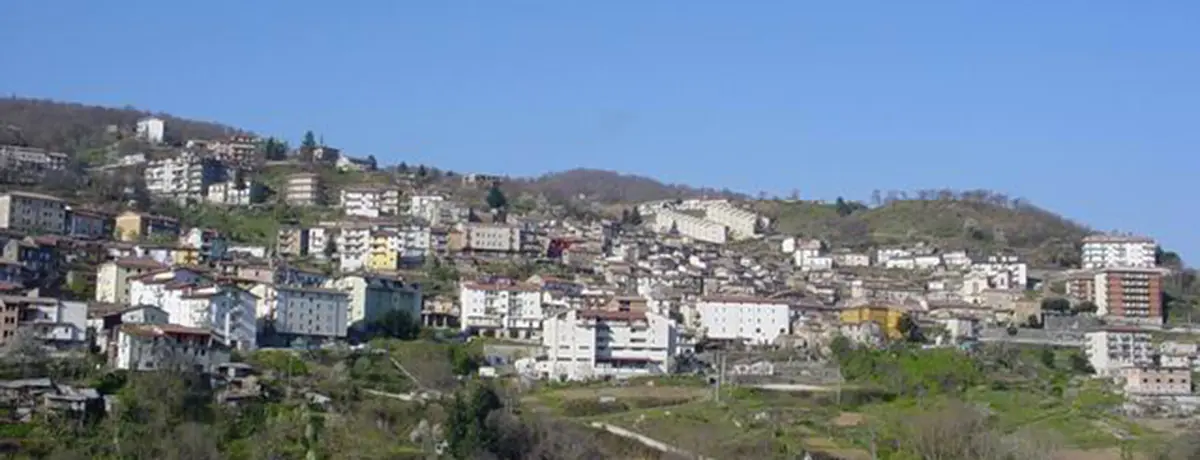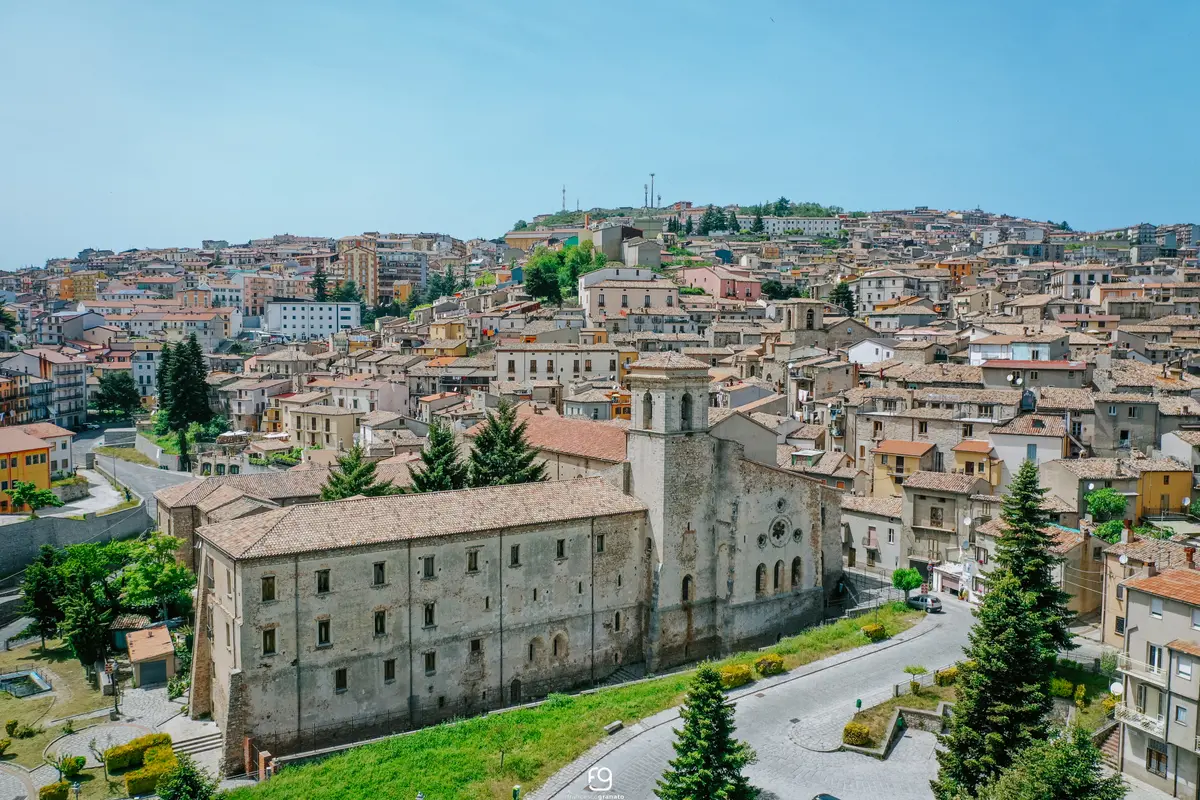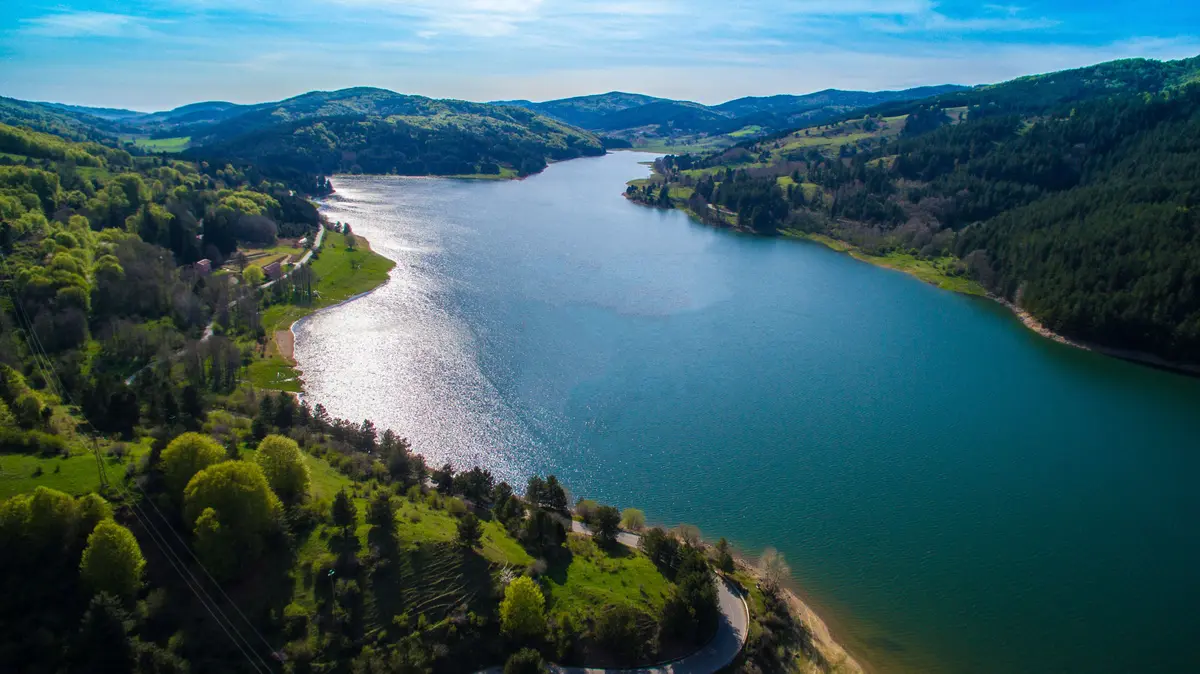Parenti
Parenti, the brigands’ old refuge

Town
Parenti is a small town in the upper valley of Savuto, at the foot of Monte Brutto. The village is surrounded by rich forests of chestnut trees, oaks, beech trees and firs.
Folklore says that the name of the town derives from its geographical position. Being of difficult access, it seems it was chosen as a refuge by brigands who infested the area.
Legend tells us that the area where Parenti stands is difficult to access and, for this reason, it was chosen as a refuge by brigands and bandits.
Tradition (albeit devoid of historical basis) thus links the origin of the town’s name to the responses given by the brigands’ relatives when they were stopped by gendarmes along mountain paths. On being asked where they were heading to, they always responded: “A trovare li parenti” (to meet my relatives).
Legends aside, Parenti's citizens today still keep their habits and traditions almost intact, especially those related to family customs and religious festivals. In order to see Parenti in its totality and grasp all its aspects it is necessary to visit the mountains in the surroundings of Guglielmo, or cross the river Savuto and navigate along Cutura, from which one can admire the settings of the entire village. The views of Parenti seem amazing and allow to understand in a comprehensive manner how town planning as well as history, geography, geology, climate, and geomorphology have been able to influence this small village. Parenti is known to be one of the centres of excellence in the production of Sila potatoes that is celebrated annually, since 1980, in the “Sagra della Patata” (Potato Festival), while since 1992 another of the most important events of the village has been taking place, the “Gara del Carro” (Race of the wagon), which combines a passion for tradition.
The historic town centre
The historic town centre is dominated by the presence of four key buildings: Palazzo feudatario di Luigi Ricciullii, Palazzo di Stefano Ricciulli, today the seat of the Town Hall, the Chiesa della Madonna del Carmine and the Cappella di San Pasquale. On the portal of the Cappella di San Pasquale (Chapel of S. Pasquale) visitors can admire a marble plaque that attests to its recent construction. Along the way up to Timparello, it is possible to notice narrow streets which penetrate deep into the village with houses glued to one another. The so-called cement vinelle (alleyways), two-three metres wide at most, are the only ways of communication in the historical centre, together with the myriad of stairs that connect the lower part of the historical centre with its upper part. The narrow vinelle open suddenly toward the square that contains the great building of the palazzo di Stefano Ricciulli. The main street of the historic town centre is not cemented as the alleys, but paved with the so-called “cuticchie” (cobblestones), that in their arrangement form half circles chasing each other with one another. Palazzo Bruni, recently restored, belonged to the Bruni family and reminds us of an internationally acclaimed scientist, Carmel Bruni; he was the first surgeon to practice kidney transplants in a hospital facility from Southern Italy to Naples. Nowadays the building is the headquarters of the municipal library, a multimedia hall and Parenti’s Museo delle Arti e tradizioni (Museum of Arts and Traditions).
Chapel of San Pasquale
The chapel has an artistic wooden ceiling sadly almost irreparably ruined and a painting of great artistic value depicting S. Pasquale, by Enrico Salfi, beloved disciple of the famous Neapolitan painter Domenico Morelli. Only recently the chapel underwent a first stage of restoration works, which for now affected only the outer part of the building. The small chapel inside still has walls ruined by dust and moisture that have formed the obvious stains.
Church of the Madonna del Carmelo
The church of the Madonna del Carmelo, whose first records date back to 1752, is Parenti's symbol. The central altar is dedicated to the Madonna del Carmine, on which there is a statue guarded by angels who hold a mantle of starry skies as a curtain. Over the course of the years the church has undergone various restoration initiatives, among which the most important is certainly the last, which involved the entire building. Restoration works have been carried out on the building itself and its decorative aspects. The first was addressed to ensure the building’s static security while the second aimed to restore its original image and correct decorative elements.
Useful information
What to know about Parenti
Where to Sleep
There are 2 available accommodations.
Travel Ideas
There are 1 travel ideas.
Infopoint Parenti
Via Silana, 13, Parenti
No result





